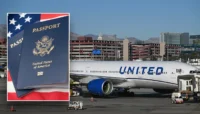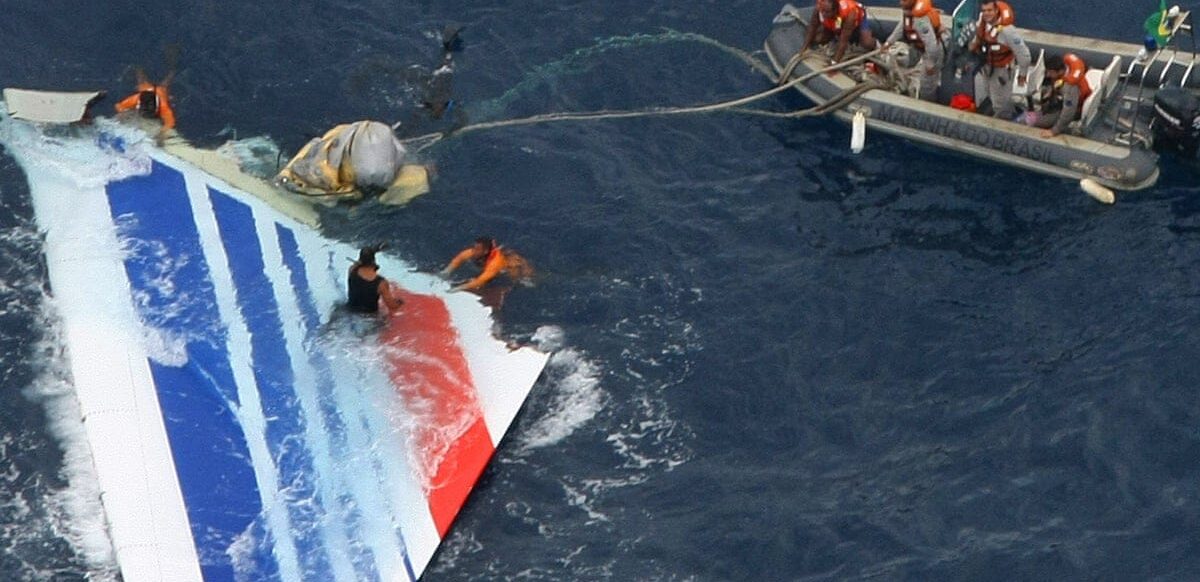On June 1, 2009, Air France Flight 447, an Airbus A330-203, disappeared over the Atlantic Ocean while flying from Rio de Janeiro to Paris. The aircraft, carrying 228 passengers and crew, was lost without a distress call, leaving the world in shock and aviation experts searching for answers. The accident became one of the most complex and tragic cases in modern aviation history, revealing crucial lessons about automation, human factors, and flight training.
The Chain of Events
The flight progressed normally until it reached the intertropical convergence zone, a region known for severe turbulence and unpredictable weather. As the aircraft entered a storm, its pitot tubes—small sensors used to measure airspeed—became blocked by ice crystals. This led to unreliable speed readings, causing the autopilot to disengage and handing manual control over to the pilots.
In the confusion that followed, the pilot flying made a critical error. Instead of maintaining level flight, he pulled the nose up, causing the aircraft to climb rapidly. This reduced airspeed and led to an aerodynamic stall—a condition where the wings lose lift and the aircraft can no longer sustain flight. Despite repeated stall warnings, the pilots did not apply the correct recovery technique, which would have been to push the nose down and regain speed. Instead, the plane remained in a stalled state for nearly four minutes, descending rapidly until it crashed into the ocean.
Why Did It Happen?
Investigators later determined several key factors contributed to the crash:
- Pitot Tube Malfunction: The blocked sensors triggered incorrect speed readings, causing the autopilot to disconnect.
- Pilot Response: The crew, unfamiliar with handling such a situation manually at high altitude, misinterpreted the aircraft’s condition and made incorrect control inputs.
- Lack of Communication: There was confusion in the cockpit, with the pilots failing to coordinate effectively.
- Training Gaps: The incident exposed shortcomings in pilot training, particularly in handling high-altitude stalls and manually flying modern aircraft in emergency situations.
Lessons Learned
In the wake of the disaster, the aviation industry made significant changes:
- Improved Pilot Training: Airlines introduced enhanced simulator training to better prepare pilots for high-altitude stall recovery and manual flight control scenarios.
- Better Equipment: Aircraft manufacturers upgraded pitot tube designs to reduce the risk of ice-related malfunctions.
- Enhanced Crew Resource Management: Cockpit communication protocols were reinforced to ensure that pilots work together effectively in high-stress situations.
A Lasting Impact
The loss of Flight 447 remains one of the most sobering reminders of how technology, human factors, and training must work together to ensure flight safety. While modern aircraft rely heavily on automation, this accident underscored the importance of pilots being able to take control when systems fail.
More than a decade later, the lessons from this tragedy continue to shape aviation practices, helping to make air travel safer for millions of passengers worldwide.








